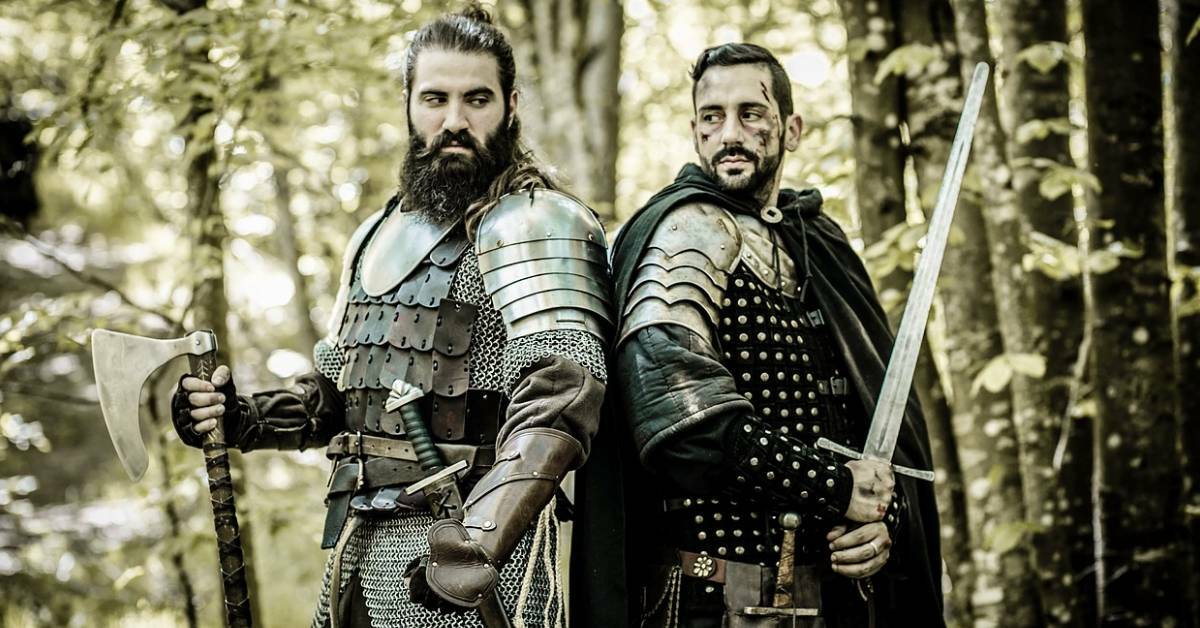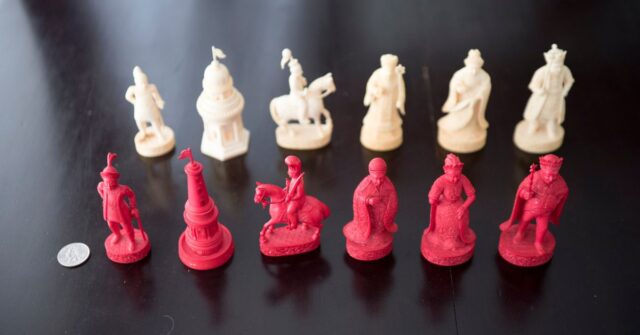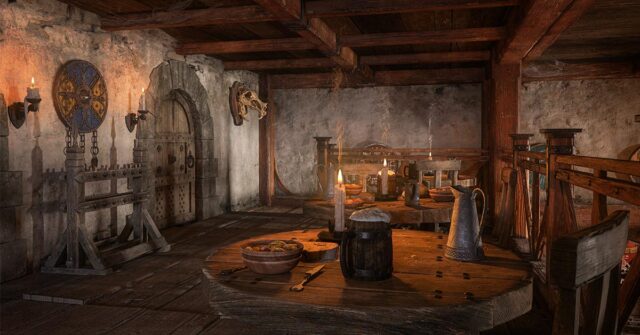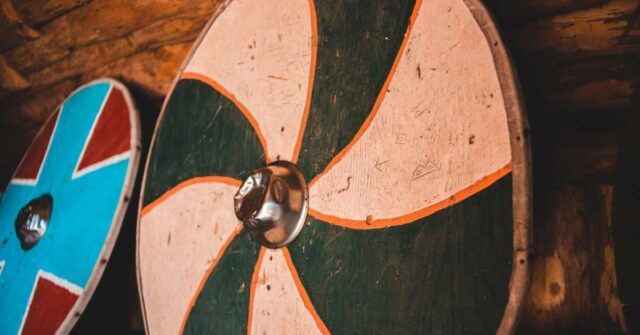The Viking era, stretching from the late 8th to the early 11th century, was a time of exploration, conquest, and rich cultural exchange.
Recreating the distinct attire from this period allows history enthusiasts, reenactors, and costume lovers to step back in time.
Whether you’re crafting a costume for a themed event or a historical reenactment, this comprehensive guide will walk you through crafting an authentic Viking look.
Understanding Viking History and Costume Significance
Before diving into costume creation, it’s essential to understand the context and significance of Viking attire, which is deeply rooted in history, culture, and tradition.
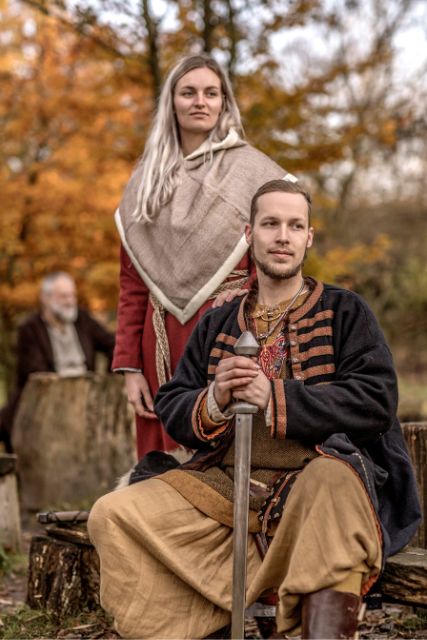
The Rich History of Vikings
The Vikings, originating from the Scandinavian countries of Norway, Denmark, and Sweden, were known as seafarers, traders, and warriors.
Their journeys took them as far as North America to the west, Russia to the east, and the Mediterranean to the south.
The clothes they wore were not just for protection from the elements, but they also played a vital role in showcasing their status, beliefs, and regional differences.
Viking Clothing and its Societal Role
For the Vikings, clothing was more than just functional; it was symbolic. The type of materials used, the quality of the fabric, and the adornments signified one’s position within society.
Leaders and wealthy Vikings could afford finer materials, while commoners wore simpler, utilitarian clothing.
Materials Commonly Used in Viking Apparel
Most Viking clothing was made from natural materials like wool, linen, and leather. Wool was predominant due to its durability and ability to provide warmth in the chilly Scandinavian climate.
For finer garments or for those of higher status, silk, and other imported fabrics were sometimes incorporated.
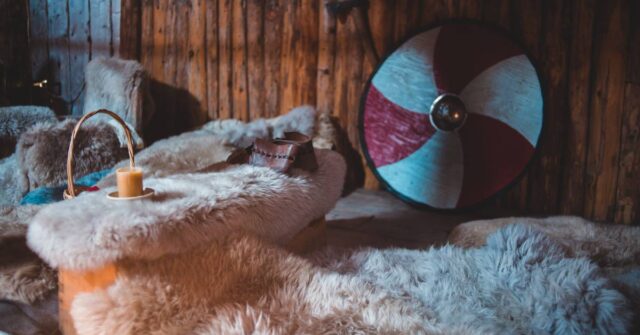
Essential Elements of a Viking Costume
Creating an authentic Viking costume involves gathering key elements, ranging from clothing to helmets and weapons. Let’s explore the must-have components for your DIY Viking ensemble.
Viking Helmets
A Viking helmet is more than just a protective headgear; it’s a statement piece. Contrary to popular belief, Viking helmets did not have horns but were rather simple and functional.
Helmet Designs for Men
For men, the helmets were often conical, crafted from leather or metal, with a rounded or pointed top. Some helmets featured a guard that protected the nose.
Helmet Designs for Women
While it’s less historically accurate for Viking women to have worn helmets in battle, for the sake of costume diversity, a simpler leather cap or a helmet with intricate carvings or metalwork can be fashioned.
Helmet Designs for Children
Children’s helmets should be lightweight and comfortable. Craft them from leather or cloth, possibly with some decorative elements to make them fun and engaging for kids.
Armor and Shields
Chainmail was a common form of armor, though not everyone could afford it. Shields, usually round and made from wood with a metal center, were more common and doubled as both protection and a weapon.

Viking Clothing
Viking clothing was straightforward, comfortable, and functional, designed to keep them warm in cold climates and cool during warmer seasons.
Tunics and Dresses
Men wore long tunics made of wool or linen, while women donned dresses with over-tunics or apron dresses. These were often belted at the waist.
Leggings and Pants
Men wore pants, whereas women wore long stockings or leggings. Woolen leg wraps provided extra warmth and protection.
Footwear and Boots
Shoes were typically made of leather, designed in a simple, functional style. They were often ankle-high and laced up.
Accessories to Elevate Your Viking Costume
Accessories play a pivotal role in bringing authenticity to your Viking attire. From jewelry to weaponry, each accessory tells a story of the Viking era.
The Power of Viking Jewelry
Jewelry wasn’t just for decoration; it was a symbol of wealth, status, and sometimes religious beliefs.
Bracelets and Arm Rings
Arm rings and bracelets, often made of silver, gold, or bronze, were common among Vikings. They sometimes served as currency or tokens of loyalty.
Necklaces and Pendants
Vikings wore necklaces adorned with pendants that represented their beliefs or gods like Thor’s hammer or the Odin’s raven.
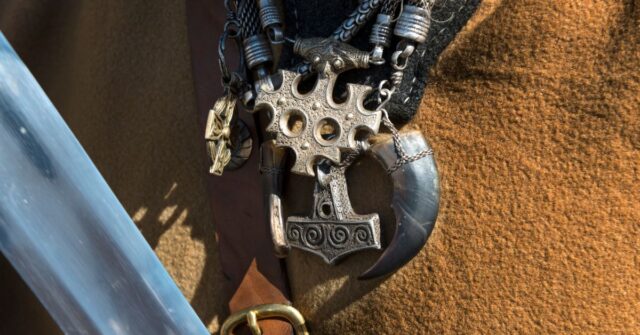
Ear Cuffs and Earrings
While earrings weren’t prevalent, some archaeological finds suggest that ear cuffs, crafted from twisted metal, were occasionally worn.
Weapons to Enhance Authenticity
While weapons were tools of war, they also held significant symbolic value, often denoting a Viking’s status, profession, or lineage.
Axes and Swords
The axe, affordable and versatile, was the most common weapon. Swords, on the other hand, were symbols of higher status due to the expertise and materials required for their creation.
Spears and Bows
Spears were prevalent, used both for throwing and hand-to-hand combat. Bows, while less iconic than axes or swords, played a crucial role in Viking warfare.
Viking Hairstyles for the Final Touch
Distinctive hairstyles and beards were characteristic of the Viking Age. Braids, long hair, and knotted styles were common, adding the finishing touch to your Viking representation.
DIY Tips and Techniques
Creating a Viking costume doesn’t have to break the bank. With some creativity, resourcefulness, and basic DIY skills, you can craft an authentic-looking ensemble.
Choosing the Right Materials
Focus on natural materials like wool, linen, and leather. Visit local thrift stores or craft shops to find affordable options. Sometimes, old clothing can be repurposed into Viking attire with a little modification.
Aging Techniques for a Weathered Look
To give your costume an authentic, weathered look, use tea or coffee staining. For leather, lightly sanding or using leather distressing techniques can create an aged appearance.
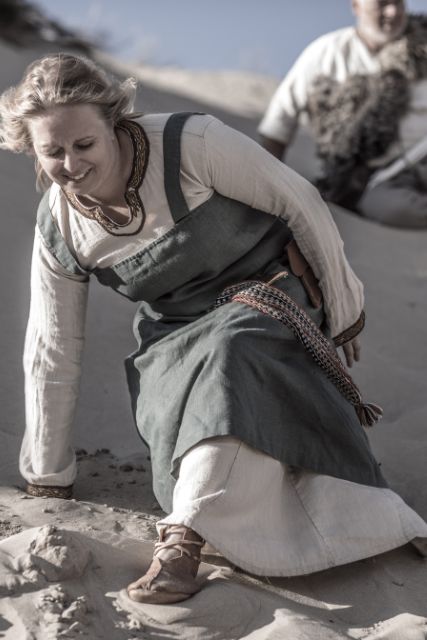
Sewing and Crafting Basics for Beginners
If you’re new to sewing or crafting, consider starting with simpler components of the costume. Over time, as your skills grow, you can add more intricate details and elements.
Customizing Viking Costumes for Different Roles
While the basics remain the same, customizing your costume according to specific Viking roles can add depth and authenticity to your portrayal.
Costumes for Viking Chiefs and Leaders
Leaders wore finer materials and often had more ornate jewelry. Incorporate richer fabrics, detailed metalwork, and more elaborate weapon designs to signify their status.
Costumes for Viking Shieldmaidens
Shieldmaidens, the female warriors in Viking lore, can be depicted with armor, weapons, and clothing that’s both functional and feminine. Braided hairstyles and warrior markings can enhance the look.
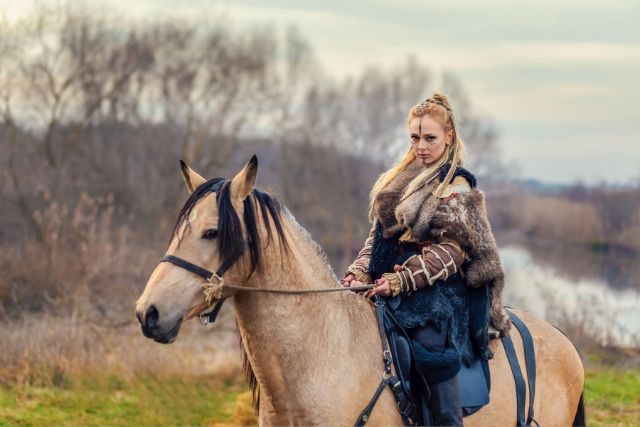
Costumes for Viking Seafarers and Traders
Viking seafarers would have clothing suitable for long sea journeys. Think waterproofed cloaks, sturdy boots, and utility belts for tools.
Costumes for Young Viking Warriors
For children emulating young warriors, focus on smaller, lightweight weapons and shields. The clothing can mirror adult designs but in a simpler form.
Ensuring Safety and Comfort in Your Costume
While authenticity is crucial, it’s vital to ensure that your Viking costume is safe and comfortable, especially if you’ll be wearing it for extended periods.
Child-Safe Weaponry and Accessories
If children are involved, ensure that all weapons are blunt and made of lightweight, non-toxic materials. Avoid small detachable parts that can be swallowed.
Weather-Appropriate Costume Tips
Adapt your costume according to the weather. For colder climates, layering is key. For warmer events, choose breathable fabrics like linen and ensure ample hydration.
Comfort Enhancements for Extended Wear
Add padding to helmet interiors or shoe insoles, and ensure that all clothing fits well without chafing. Quick-access pouches or hidden pockets can also be useful.
Inspiration: Real-Life Viking Festivals and Reenactments
For those looking to showcase their Viking costumes or simply immerse themselves further, attending a Viking festival or reenactment can be an exhilarating experience.
World’s Most Renowned Viking Festivals
Festivals like the Jorvik Viking Festival in the UK or the Up Helly Aa in Scotland offer a chance to witness Viking history come alive, participate in battles, and learn from fellow enthusiasts.
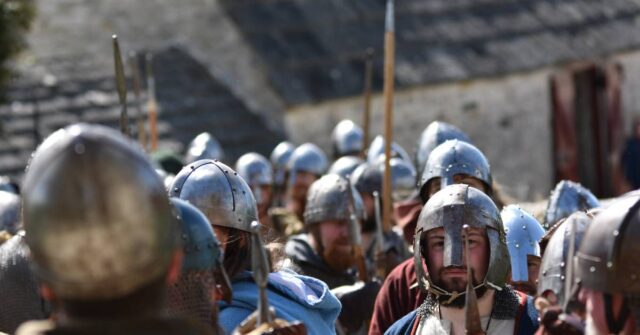
Learning from Reenactment Enthusiasts
Engaging with reenactment groups can provide invaluable insights into perfecting your costume, understanding historical contexts, and enhancing your overall Viking experience.
Entering Costume Contests: Tips for Winning
Should you decide to enter a costume contest, focus on attention to detail, authenticity, and the story behind your outfit. Engaging judges with the history and effort behind your ensemble can give you an edge.
Conclusion: Embracing the Viking Spirit
Creating a Viking costume goes beyond fabric and accessories. It’s about stepping back in time, embracing a rich history, and celebrating a culture that once roamed the seas and forged empires.
As you don your Viking attire, remember the stories, beliefs, and values that shaped an era, and carry forward the Viking spirit with pride.

